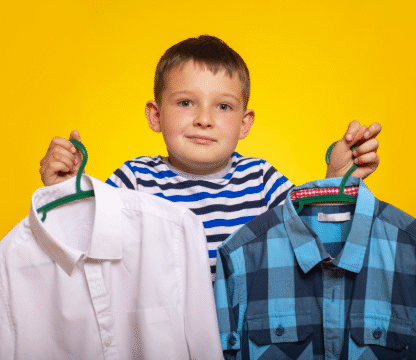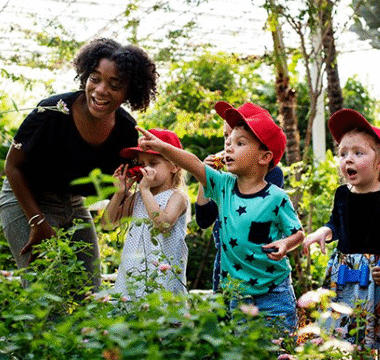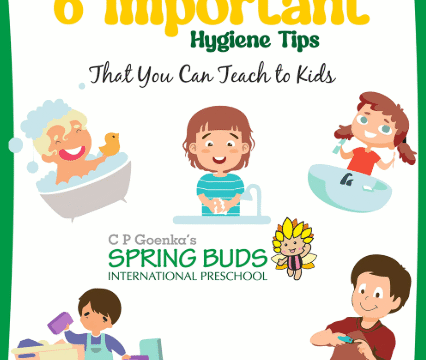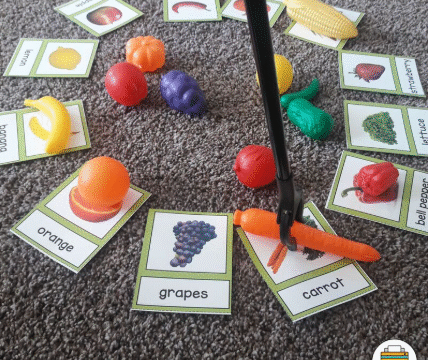In today’s fast-paced world, children often juggle school, homework, extracurricular activities, and social obligations. While staying busy can be exciting, it can also lead to stress and restlessness if children do not learn how to relax in healthy ways. Teaching kids to relax is not just about quieting the mind—it is about giving them tools to manage emotions, recharge their energy, and build habits that support long-term well-being. When relaxation is presented as a positive and enjoyable part of daily life, children are more likely to embrace it and carry these habits into adulthood.
One of the most effective ways to introduce children to relaxation is through modeling. Children observe and imitate the adults around them, so demonstrating calm, mindful behaviors can teach them more than words alone. When parents take time to pause, breathe deeply, or enjoy quiet activities like reading or drawing, children see that relaxation is both normal and valuable. These small examples show that slowing down is not a sign of laziness but a way to recharge and take care of one’s mind and body.
Structured relaxation techniques can also be introduced in ways that are engaging for children. Simple deep breathing exercises, for instance, help children regulate their emotions and calm their minds. Teaching a child to inhale slowly through the nose, hold for a moment, and exhale through the mouth can become a useful tool when they feel anxious, frustrated, or overstimulated. Turning these exercises into a game, such as imagining blowing up a balloon or making a gentle sighing sound, can make the practice fun and memorable.
Mindfulness is another approach that helps children develop healthy relaxation habits. Mindfulness encourages children to focus on the present moment and notice their thoughts, feelings, and surroundings without judgment. Activities such as guided visualizations, listening to calming sounds, or observing nature can cultivate this awareness. For example, taking a few minutes to notice the sounds of birds outside or the feeling of grass under their feet helps children feel grounded and centered. Over time, these practices can reduce stress, improve focus, and enhance emotional resilience.
Creative activities are also excellent ways to promote relaxation. Art, music, and storytelling allow children to express emotions and unwind in a productive and enjoyable manner. Drawing, coloring, painting, or crafting can help children release tension while engaging their imagination. Listening to music or playing simple instruments provides an outlet for energy and emotion, while creating stories or imaginative play encourages cognitive flexibility and emotional expression. These activities combine fun with relaxation, showing children that taking time to care for their minds can be both enjoyable and beneficial.
Physical activity is often thought of as energizing, but it can also support relaxation. Gentle exercises such as stretching, yoga, or slow-paced walks encourage the body to release tension and produce calming effects. Family activities like yoga sessions or mindful movement games provide a combination of exercise, connection, and relaxation. Children learn that their bodies and minds respond positively to gentle movement and that taking care of their physical health contributes to emotional balance.
Nature can play a powerful role in teaching kids how to relax. Spending time outdoors, whether walking in a park, observing plants, or simply sitting quietly in a garden, encourages calmness and connection with the environment. Nature provides sensory experiences—such as the sound of leaves rustling or the feeling of sunlight on skin—that naturally soothe the mind. Parents can guide children in noticing these details, turning ordinary walks into mindful, restorative experiences.
Establishing routines is also helpful for creating a sense of calm. Daily rituals, such as reading before bed, quiet play after school, or a short evening reflection, give children predictable moments to unwind. Routines help children anticipate relaxation time and create a rhythm that supports emotional and physical well-being. Over time, children learn to associate these moments with calmness and comfort, making it easier for them to self-regulate during stressful situations.
Limiting overstimulation is another aspect of teaching healthy relaxation. Children can become anxious or restless if exposed to excessive screen time, loud noises, or crowded schedules. Setting aside time for quiet activities, creating a calm environment, and encouraging breaks from screens can help children reset. Teaching them to recognize when they feel overstimulated and providing options such as reading, drawing, or gentle stretching reinforces the importance of self-care.
Talking with children about their emotions and experiences also supports healthy relaxation. Encouraging them to describe how they feel, what makes them anxious or tired, and what activities help them feel calm helps children develop self-awareness. Parents and caregivers can guide children in selecting appropriate relaxation strategies that match their preferences and personalities. These conversations create a supportive environment where children feel understood and empowered to manage their stress.
Relaxation should be framed positively, not as a punishment or chore. Children respond better when they view calming activities as enjoyable and restorative. Encouraging exploration of different techniques—such as breathing exercises, creative outlets, physical activity, or nature experiences—allows children to discover what works best for them. Celebrating their efforts, even in small moments, reinforces the idea that taking care of oneself is valuable and rewarding.
Family involvement enhances the learning process. Participating together in relaxation activities provides guidance, support, and shared experience. Parents who read quietly with children, take mindful walks together, or do a short yoga session create opportunities for connection while modeling healthy habits. Shared relaxation experiences strengthen family bonds and provide children with examples of how adults manage stress constructively.
As children grow, their relaxation strategies may evolve. Younger children may prefer imaginative play, short breathing exercises, or simple sensory activities, while older children may benefit from journaling, structured mindfulness, or gentle fitness routines. The core principles remain the same: promoting self-awareness, encouraging healthy habits, and creating positive, enjoyable ways to unwind. Adapting practices to a child’s age and interests ensures that relaxation becomes a sustainable and valuable part of their life.
Ultimately, teaching kids healthy ways to relax is about giving them the tools to manage their emotions, recharge their energy, and develop lifelong skills for well-being. It is not about eliminating stress completely but about providing strategies to cope with daily challenges and maintain balance. Children who learn to pause, breathe, and engage in restorative activities build resilience, emotional intelligence, and a sense of security.
Relaxation is a gift that benefits children physically, mentally, and emotionally. Through modeling, structured exercises, creative outlets, physical activity, mindfulness, and connection with nature, parents and caregivers can help children develop habits that support their overall health. Framing relaxation as a fun, positive, and meaningful part of daily life ensures that children embrace these practices willingly. With patience, encouragement, and consistency, children can learn that taking time to rest and recharge is not only healthy but also enjoyable, laying the foundation for balanced, happy lives.






